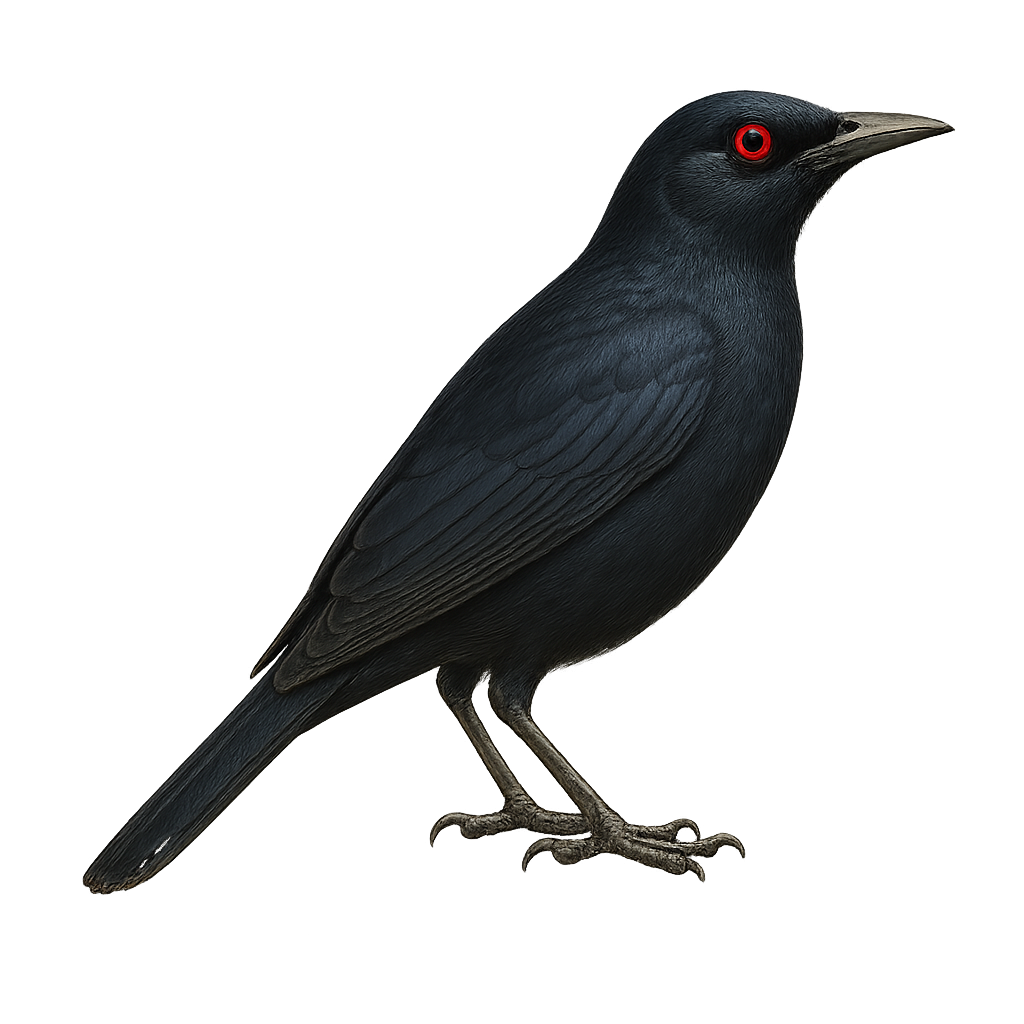Your wildlife photography guide.
Explore the micronesian starling in detail, study its behavior, prepare your shots.
Where to observe and photograph the micronesian starling in the wild
Learn where and when to spot the micronesian starling in the wild, how to identify the species based on distinctive features, and what natural environments it inhabits. The WildlifePhotographer app offers tailored photography tips that reflect the micronesian starling’s behavior, helping you capture better wildlife images. Explore the full species profile for key information including description, habitat, active periods, and approach techniques.
Micronesian Starling
Scientific name: Aplonis pelzelni

IUCN Status: Near Threatened
Family: STURNIDAE
Group: Birds
Sensitivity to human approach: Suspicious
Minimum approach distance: 10 m
Courtship display: December to January
Incubation: 14-16 jours
Hatchings: December to February
Habitat:
Tropical forests, mangroves, coastal areas
Activity period :
Primarily active during the day, with peak activity in the morning and late afternoon.
Identification and description:
The Micronesian Starling, or Aplonis pelzelni, is a bird endemic to the Micronesian islands. This medium-sized passerine features a glossy black plumage with metallic sheens, making it particularly attractive to observe. It is often seen in small groups, feeding mainly on fruits, insects, and nectar. Its song is melodious and varied, contributing to the soundscape of the tropical forests it inhabits. Although relatively tolerant of human presence, its population is threatened by deforestation and the introduction of invasive species. Conservation efforts are crucial to preserving this unique bird and its natural habitat.
Recommended lens:
400 mm – adjust based on distance, desired framing (portrait or habitat), and approach conditions.
Photography tips:
To photograph the Micronesian Starling, choose early morning hours when the light is soft and the bird's activity is at its peak. Use a 400mm lens or longer to capture precise details without disturbing the bird. Be patient and discreet, as this starling, although relatively tolerant, can be suspicious if you get too close. Focus on natural habitats such as tropical forests and mangroves for authentic shots.
The WildlifePhotographer App is coming soon!
Be the first to explore the best nature spots, track rutting seasons, log your observations, and observe more wildlife.
Already 1 439 wildlife lovers subscribed worldwide

